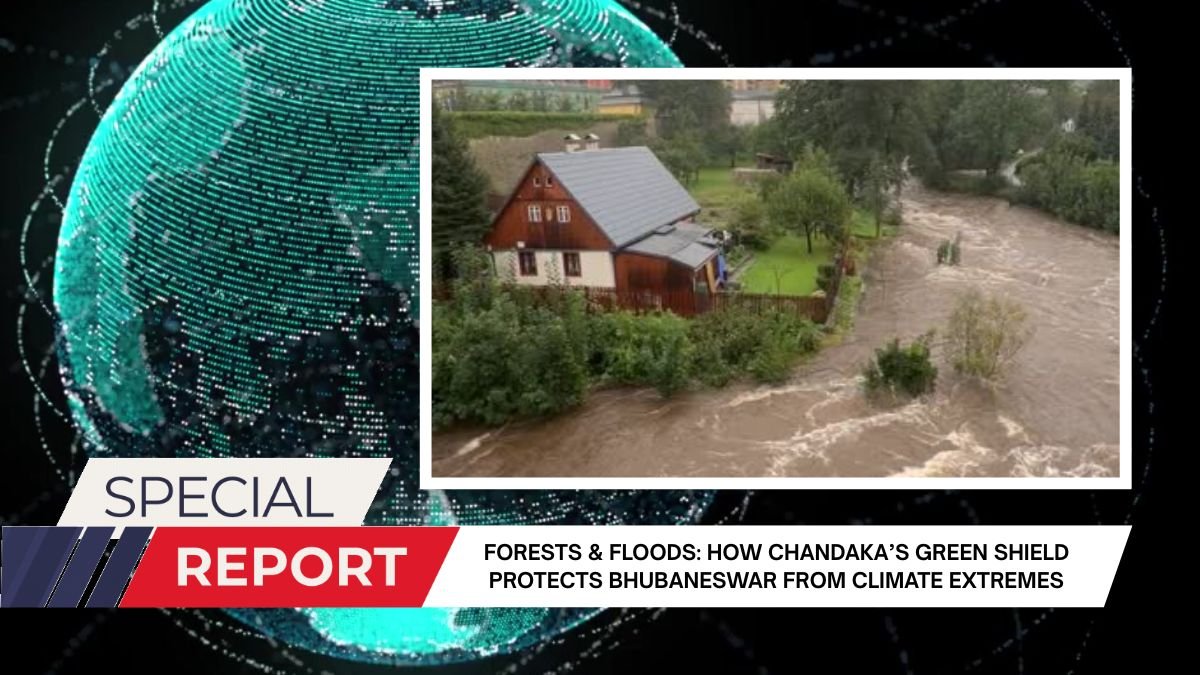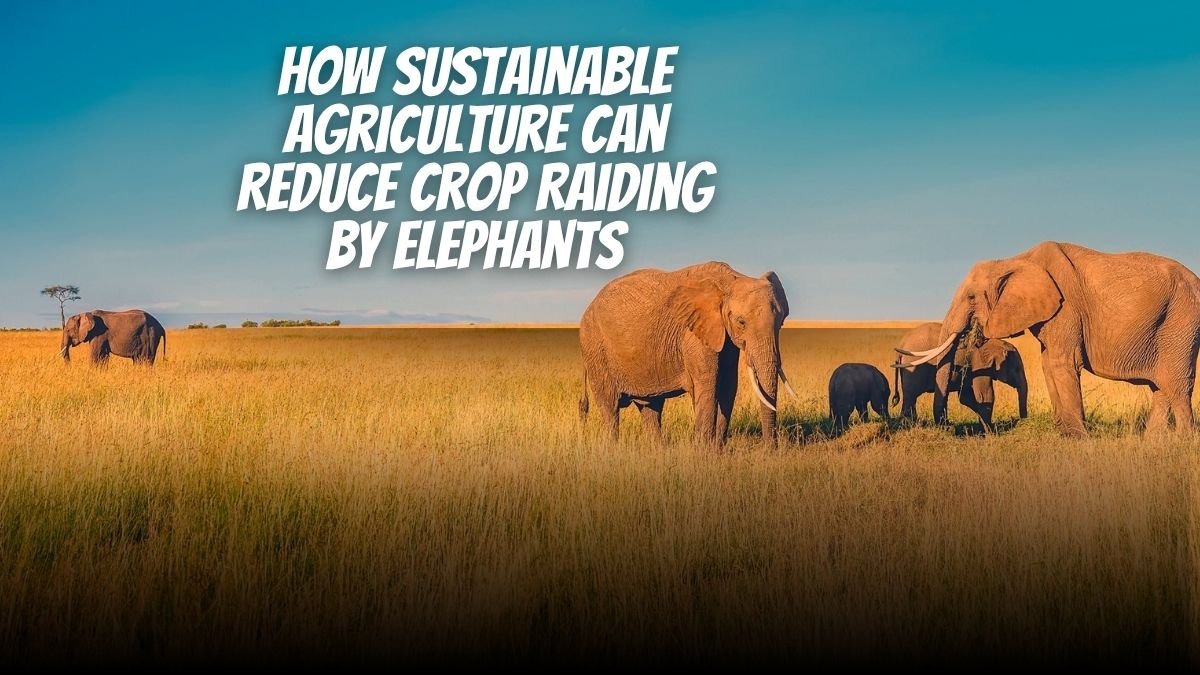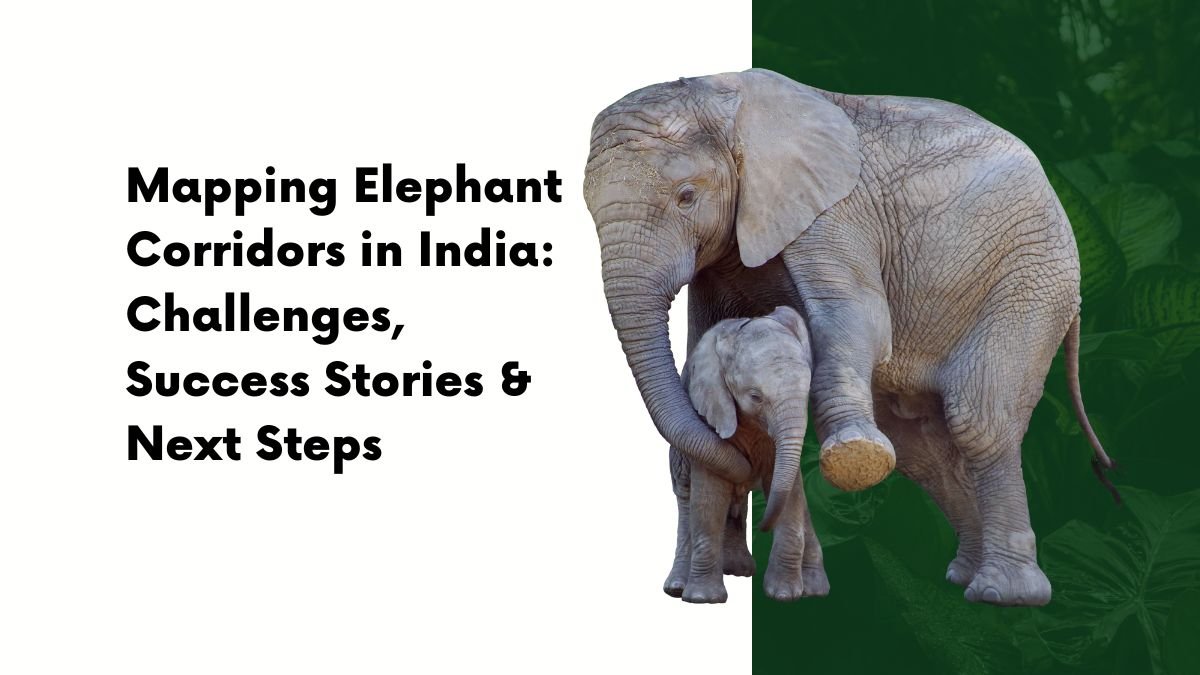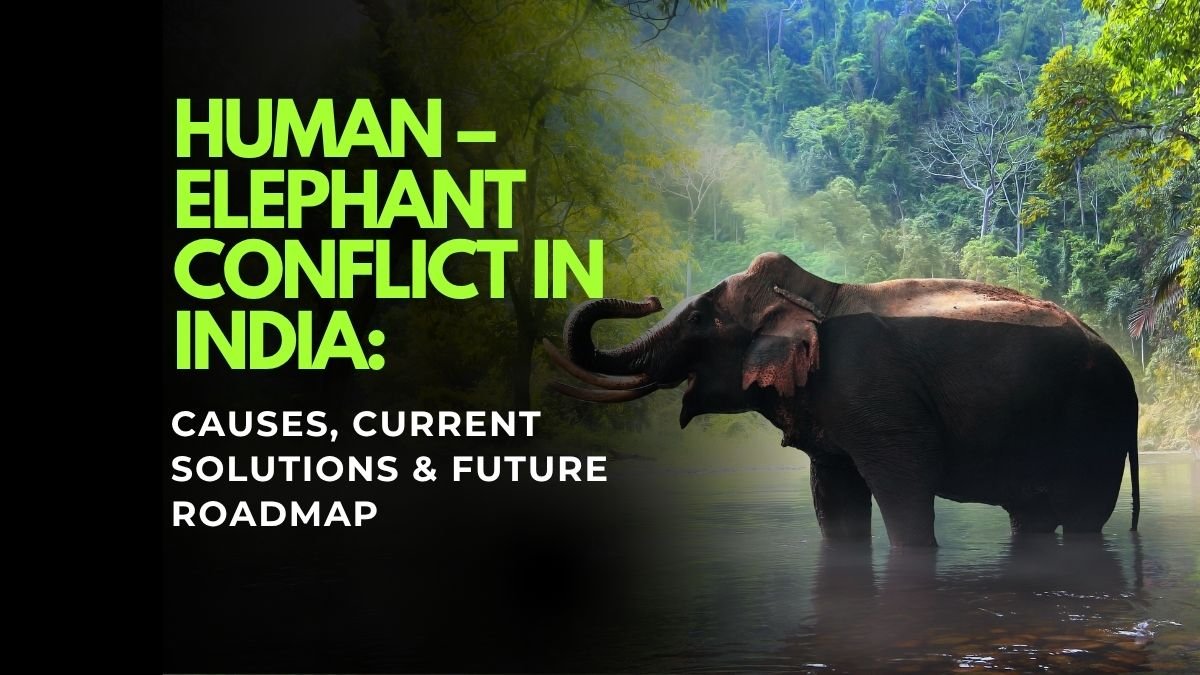Introduction
In today’s time, when the incidence of floods is increasing due to climate change, we need to understand that this crisis cannot be dealt with only by concrete dams, walls or drains. For this we have to return to nature. Flood risk reductions can be made and ecosystems enhanced with nature-based solutions.
The Chandaka forest close to Bhubaneswar stands as one of the fine examples of such in having halls where it houses wildlife, apart from its critical roles in the protection of the city from floods and other climate-induced problems.
Importance of Chandaka forest
Chandaka Dampara Wildlife Sanctuary is widespread forests close to the city of Bhubaneswar of Odisha. This forest was once famous only for elephants but now helps to balance the ecology of the entire area. It acts as a natural sponge during the rains.
This forest absorbs rainwater and slowly releases it, which prevents sudden floods in the city.
Example:
Suppose after heavy rains, water flows on the city roads all at once, then the entire city can be submerged in a few hours. But if there is a dense forest nearby, it absorbs that water and slowly releases it out.
How do forests prevent floods?
1. Ability to hold water and release it slowly
Trees, plants and soil together can absorb huge amounts of water. In forests like Chandaka, water goes deep into the roots of trees and soil. This slows down the effect of floods.
2. Preventing soil erosion
When there is heavy rain, the soil of rivers and streams starts flowing. The roots of trees hold this soil. Due to this, the flow of rivers and streams remains balanced and less water enters villages and cities.
3. Climate control
Forests not only hold water, but they also keep the environment cool. This also balances the local temperature and controls the incidence of heavy rainfall.
Nature-based measures and their importance
1. Restoration of wetlands
Wetlands are marshy lands that hold floodwater. In areas like Chandaka, small reservoirs and marshes can be created that can store rainwater and slowly release it into the drains.
2. Rain gardens and rainwater harvesting
Rainwater in cities should be allowed to seep into the ground instead of letting it flow away. Gardens, systems that send water pipes directly from the roofs into the ground, and small reservoirs are effective in this direction.
3. Sponge city model
In cities like Bhubaneswar where there is heavy rainfall, roads, parks, and buildings should be built in such a way that they can absorb water. This is called the ‘sponge city’ model. This allows the water to seep into the ground and prevents floods.
Role of elephants and wildlife
Many elephants live in the Chandaka forest. These elephants clear small drains and bushes in their path, which keeps the water flowing.
An interesting fact:
The movement of elephants creates natural paths called “elephant corridors”. These corridors are not only important for the animals, but also make the flow of flood water easier.
Long-term solutions – reforestation and community participation
1. Reforestation
It is very important to plant trees again in places where forests have been cut down. This not only helps in stopping rainwater, but also reduces carbon dioxide, which also slows down the pace of climate change.
2. Participation of local communities
If the people of local villages and cities preserve forests, then floods can be prevented. Teaching children about protection from natural disasters in schools, running awareness programs in villages in collaboration with the forest department can be beneficial.
Difficulties and solutions
1. Lack of space
There is less land for greenery in cities. But this challenge can be solved by utilising small spaces like gardens, green roofs, and school parks.
2. Money problem
Nature-based solutions are cheaper in the long run, but initially cost money. For this, help can be taken from CSR companies, government schemes and NGOs.
Conclusion
Chandka forest is a living example of how nature can protect our cities from natural disasters like floods. If we save forests, restore wetlands and increase greenery in cities, we can protect ourselves from the climate crisis.
We now need to understand that natural solutions are the most sustainable solutions. To combat climate change, we need trees and not just walls.















